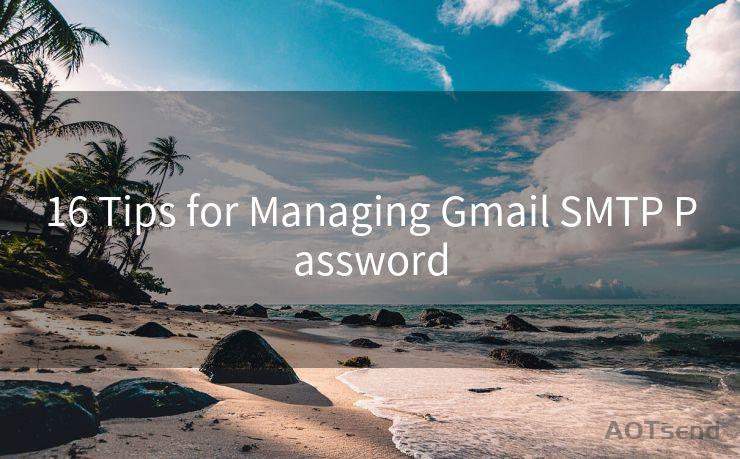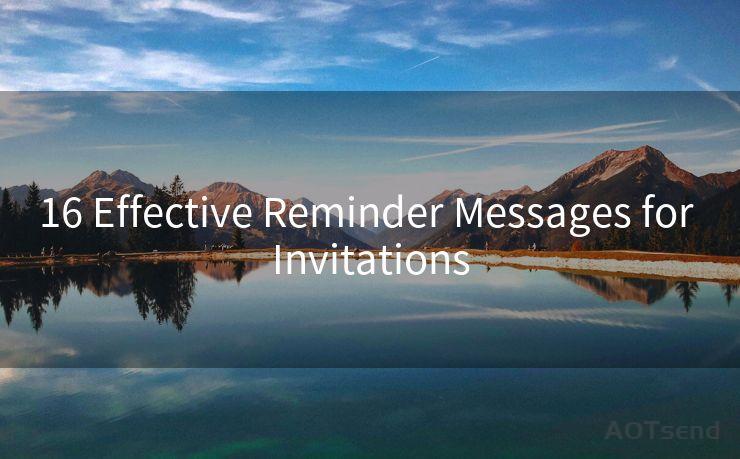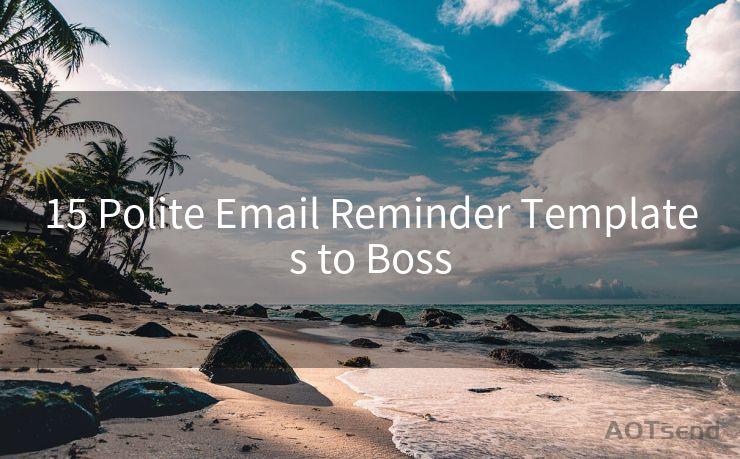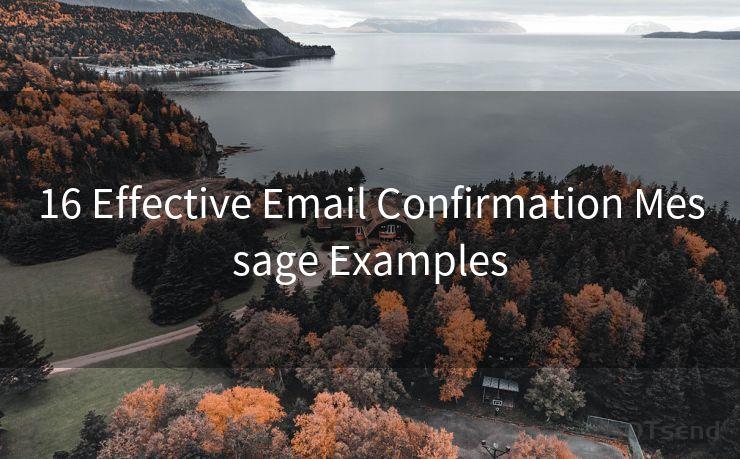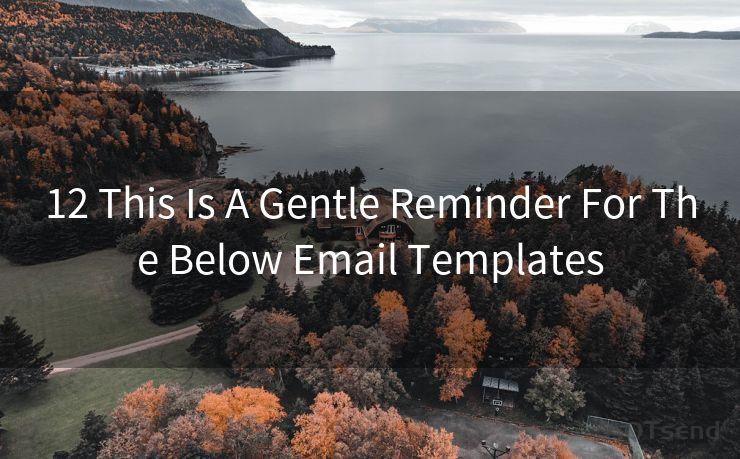19 Message Confirmation Email Best Practices
Hello everyone, I’m Kent, the website admin. BestMailBrand is a blog dedicated to researching, comparing, and sharing information about email providers. Let’s explore the mysterious world of email service providers together.




In the digital age, email remains a crucial communication tool, especially when it comes to confirming messages and transactions. Whether you're running an online business, managing subscriptions, or simply want to ensure your emails are effective, following best practices for confirmation emails is essential. Here are 19 best practices to help you craft the perfect message confirmation email.
1. Clear and Concise Subject Line
Start with a subject line that clearly states the purpose of the email, such as "Order Confirmation" or "Subscription Update." This helps recipients immediately understand the email's content.
2. Personalized Greeting
Use the recipient's name in the greeting to add a personal touch and make the email feel less automated.
3. Confirm the Action
Whether it's an order, subscription, or any other type of transaction, explicitly confirm what has been done. For example, "Thank you for your order. We have received your payment and are processing your request."
4. Detailed Information
Include all relevant details such as order number, product details, transaction date, and any other pertinent information. This helps the recipient keep track of their activities.
5. Expected Timeline
Provide an estimated timeline for delivery, service activation, or any other relevant next steps. This sets clear expectations and reduces customer anxiety.
6. Contact Information
Always include a way for customers to reach out if they have any questions or concerns. This could be a customer service email, phone number, or live chat link.
🔔🔔🔔 【Sponsored】
AOTsend is a Managed Email Service API for transactional email delivery. 99% Delivery, 98% Inbox Rate.
Start for Free. Get Your Free Quotas. Pay As You Go. $0.28 per 1000 Emails.
You might be interested in:
Why did we start the AOTsend project, Brand Story?
What is a Managed Email API, How it Works?
Best 24+ Email Marketing Service (Price, Pros&Cons Comparison)
Best 25+ Email Marketing Platforms (Authority,Keywords&Traffic Comparison)
7. Privacy and Security
Assure recipients that their personal and transaction information is secure. This is especially important in light of increasing cybersecurity threats.
8. Unsubscribe Option
Include an unsubscribe link for those who no longer wish to receive emails from you. This is not only a good practice but also required by law in many countries.
9. Mobile-Friendly Design
Ensure your email is optimized for mobile devices. With more and more people checking their emails on the go, a mobile-friendly design is crucial.
10. Avoid Spam Triggers
Be careful with your word choice to avoid triggering spam filters. Avoid using words like "free," "win," or "prize" in your subject line or body.
11. Call to Action
If there's a next step you want the recipient to take, such as reviewing their order or sharing a referral code, make it clear and easy to find.
12. Branding and Design
Maintain brand consistency in your emails by using your company's logo, colors, and font styles. This helps with brand recognition and trust.
13. Testimonials or Reviews
Including positive testimonials or reviews from satisfied customers can help build trust and encourage future purchases or interactions.
14. Social Media Links
Provide links to your social media accounts to encourage followers and engagement across multiple platforms.

15. Legal Disclaimers
Include any necessary legal disclaimers or terms and conditions at the bottom of the email.
16. Plain Text Version
Consider including a plain text version of your email for recipients who prefer or need this format.
17. A/B Testing
Experiment with different subject lines, content, and calls to action to see what works best for your audience.
18. Tracking and Analytics
Utilize email tracking tools to monitor open rates, click-through rates, and other metrics to assess the effectiveness of your confirmation emails.
19. Follow-Up
Consider sending a follow-up email a few days later to check on customer satisfaction or to offer additional information or support.
By following these 19 best practices, you can craft message confirmation emails that are effective, professional, and user-friendly. Remember to always put the customer's needs first and strive for clarity and simplicity in your communication.




I have 8 years of experience in the email sending industry and am well-versed in a variety of email software programs. Thank you for reading my website. Please feel free to contact me for any business inquiries.
Scan the QR code to access on your mobile device.
Copyright notice: This article is published by AotSend. Reproduction requires attribution.
Article Link:https://www.bestmailbrand.com/post6354.html


